| We are always interested in gardens and so we visited the Key
West Tropical Forest and Botanical Garden. The garden was started in 1914 and expanded in 1936 by
which time there were over 7000 plants in 55 acres.
During the war land was lost to an emergency hospital and it shrank steadily
to 7.5 acres until 1988 when the local Garden Society took over. Several grants in recent
years have helped it to become more of a tourist attraction.
Although many of
the trees are individually named, it is sometimes helpful to have a general
view showing the wide variety of plants in this relatively small space. | 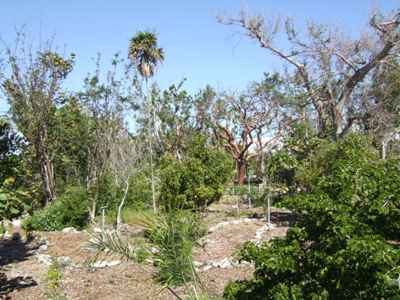 |
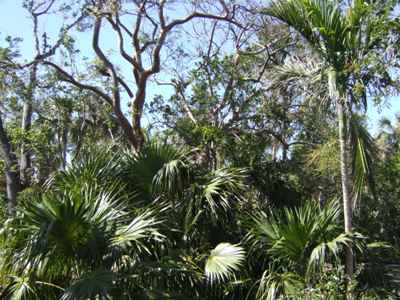 | There are different environments, this one is predominantly
populated by palms, both low growing and more tree like. It results in a
very shaded area which provides shelter for small animals and other plants,
very important in the tropical summer heat. |
| This lignum vitae is slow-growing and difficult to germinate, so
this tree, native to the Keys, was rescued and brought to the garden to
preserve it. It is now 37 years old. Its wood is dense and heavy, making it
desirable in shipbuilding. It was also believed to have medicinal qualities,
hence its name of 'tree of life'. | 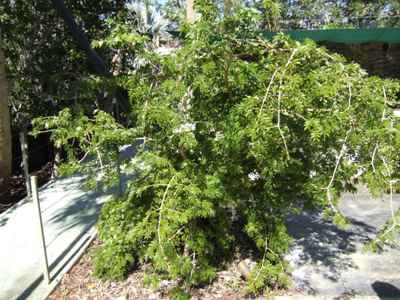 |
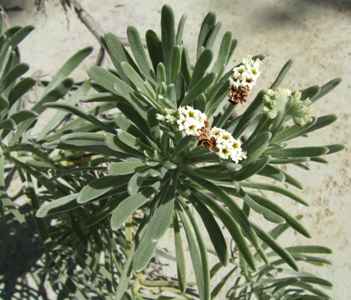 |
Allspice is a member of the pimenta family, and the immature fruits are
harvested, dried and ground to produce the spice used in cooking. It has
also been used over the centuries for preserving meat on long voyages and a
variety of medicinal purposes. |
| This is one of the many endangered trees within the park. This is
a 55 year old wild dilly which has already been rescued once from the
Sugarloaf school site. Underneath it is another endangered plant, the Bahama
wild coffee. This is a bird and butterfly attractor. | 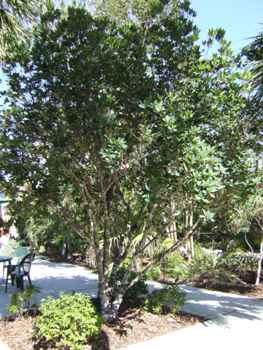 |
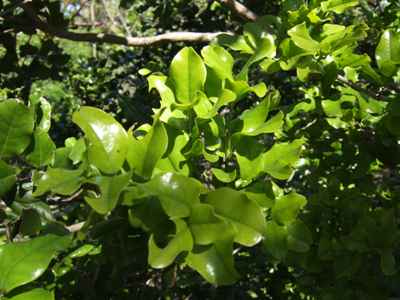 | For some plants
it is the leaves which are special. These crinkly leaves are particular to . |
| This is another gumbo limbo tree. It is salt and drought tolerant and
is a major component of the hammock canopies. | 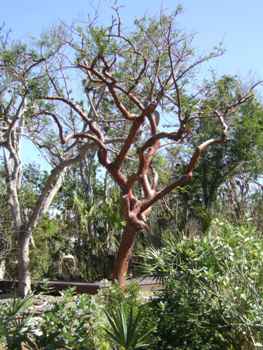 |
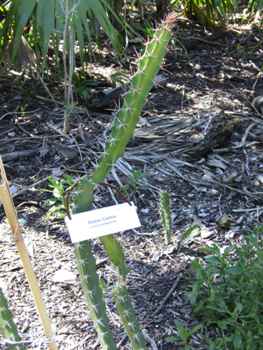 | This is a dildo
cactus. I wouldn't understand about such things. |
| Another term for the Florida fig trees is the banyan. This
is a term used for all fig trees that produce multiple trunks. When the
vine-like aerial roots reach soil, they thicken and become auxiliary trunks
that support the larger branches. | 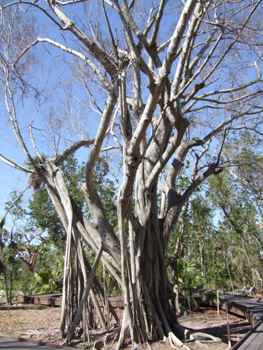 |
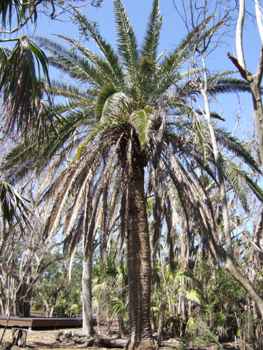 | This is a Canary
Island date palm probably planted in the early days of the garden. Its fruit
is edible but not regarded as a delicacy.. |
| It was the wrong time of the year for most flowers but we did
spot this one. There were multiple flowers on each branch of this low
growing shrub. | 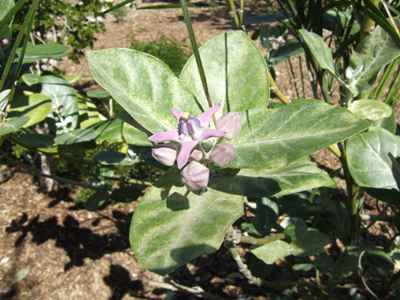 |
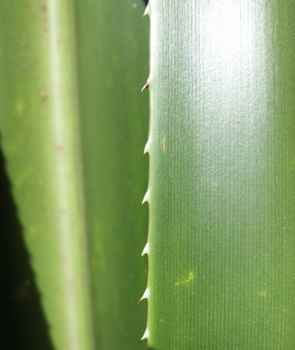 | We talk about saw
grass and saw palms. Here is a close up of the saw. It can make a mess of
your skin if you aren't careful. |
Many trees were damaged by the hurricanes and have been cleared leaving the
different colours of the woods on display. The red colours are particularly
striking.
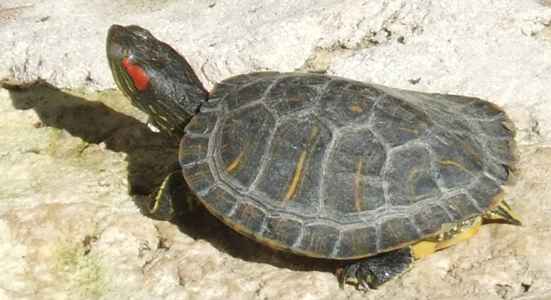 | Small animals
have been hard to spot but this Florida turtle was sunning itself on a rock
and I was able to get really close. |
| I got close to this little fellow too. This is just over life
size. One second they are there and the next they have vanished. | 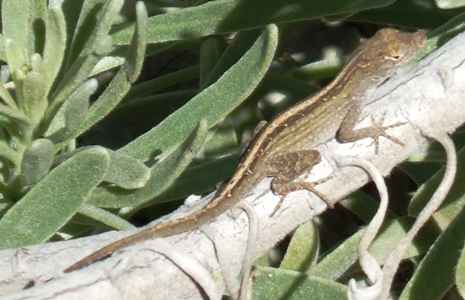 |
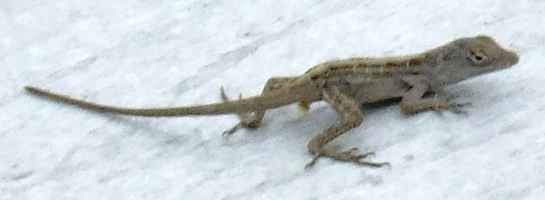 | This one was on
the boardwalk and was even smaller than the last one. The large legs help
them to jump and the large feet spread their weight so that even leaves will
support their weight. |
|